Subtle language
We now know that people with autism have a much broader range of language ability than previously thought. How can we measure subtle language deficits in this group?
From funding decisions to scientific fraud, a wide range of societal factors shape autism research.
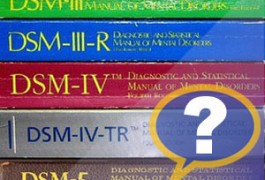
We now know that people with autism have a much broader range of language ability than previously thought. How can we measure subtle language deficits in this group?
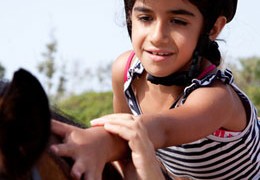
There’s little rigorous evidence on whether animals help people with autism become more sociable, or which people with the disorder might benefit the most.
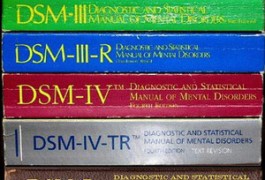
We are on the verge of a seismic shift in the definition of autism spectrum disorders, says David Skuse. Under proposed guidelines for autism diagnosis, the canard that most people with the disorder cannot speak, or have such disordered language that they cannot sustain a conversation, has been abandoned.
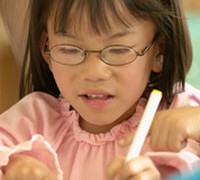
Most cases of Rett syndrome in China are the result of mutations on the paternal copy of MeCP2, according to a study published 27 August in the European Journal of Medical Genetics.
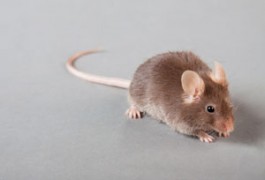
Female mice of two different genetic backgrounds consistently model the behavioral features of Rett syndrome, according to a study published 9 October in Human Molecular Genetics. Although Rett syndrome presents almost entirely in girls, researchers have thus far relied mostly on male mice to model the disorder.
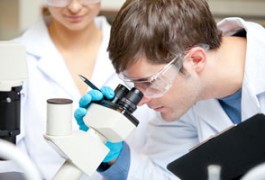
Young adults with autism are more likely than those with other developmental disabilities to choose to study science and engineering.
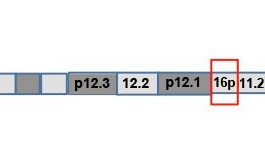
The loss of a 600-kilobase region on chromosome 16 leads to intellectual disability, obesity, a large head and, sometimes, autism, according to a study published in the October issue of the Journal of Medical Genetics.
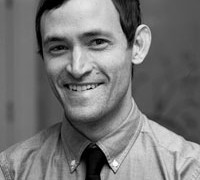
SFARI.org is developing an online community for autism researchers to share ideas and opinions. We want your input.

Life for most New Yorkers is getting back to normal after the unprecedented destruction caused last week by Hurricane Sandy, but researchers at New York University face a painful and painstaking recovery.
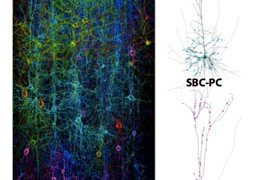
Researchers are assembling a virtual reconstruction of the brain by piecing together simulations of thousands of neurons, they reported 16 October in the Proceedings of the National Academy of Sciences. They used this model to show that most junctions between neurons form randomly and not as the result of chemical signals.